Here Are the Sonics!!!
Buy Here Are the Sonics!!! Here Are The Sonics!!! is the 1965 debut album by American garage rock band The Sonics. The record features a dozen songs of the days’ most powerful and […]
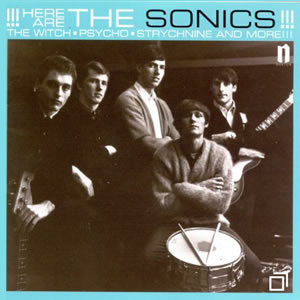
Buy Here Are the Sonics!!! Here Are The Sonics!!! is the 1965 debut album by American garage rock band The Sonics. The record features a dozen songs of the days’ most powerful and […]
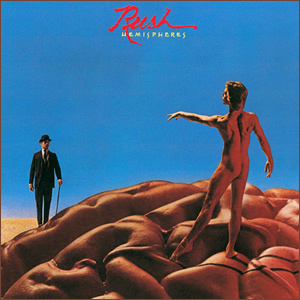
Buy Hemispheres Hemispheres, the sixth studio album by Rush, was the second straight album recorded in the United Kingdom. It also contained the second half of a multi-album concept called “Cygnus X-1”, which […]
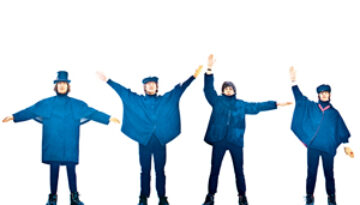
Buy Help! Their fifth overall studio album, Help!, is perhaps the final of The Beatles‘ pop-centric, “mop-top” era records released over the course of 30 months. Still, the group did make some musical […]
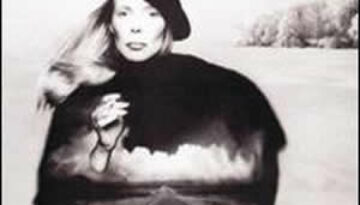
Buy Hejira Joni Mitchell once said, “from time to time the river of my music needs new tributaries.” And so it was with Hejira. She slowly tilted towards a more jazz influenced sound, […]
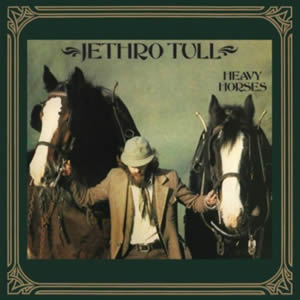
Buy Heavy Horses During a the late 1970s, Jethro Tull released a trio of albums with heavy folk influence. The second of this trio and the eleventh overall studio album by the band […]
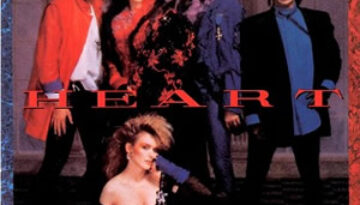
Buy Heart In 1985, Heart made a dramatic comeback, fueled by an equally dramatic alteration to their traditional sound. A successful hard rock band in the late 1970s, the group had nearly fallen […]
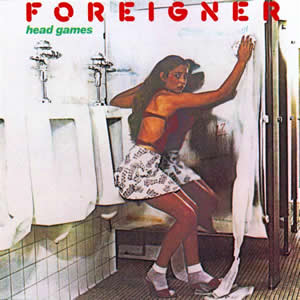
Buy Head Games Head Games was the third studio album released by the rock band, Foreigner, in three years and continued their incredible success by reaching the Top 5 on the album charts […]
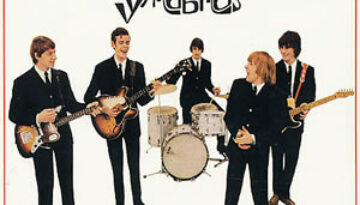
Buy Having a Rave Up with The Yardbirds Having a Rave Up with The Yardbirds is an oddly constructed mish-mash of recent singles, new recordings, and live tracks recorded over 19 months prior […]
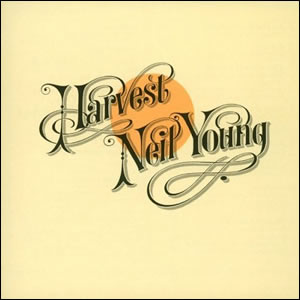
Buy Harvest Harvest is an album of Americana personified by Neil Young. It is where rock and roll goes to Nashville (literally), with simple and tight rhythms and subtle acoustic guitars are flavored […]

Buy Harvest Moon It may be a bit controversial to name a decidedly “retro” album as the album of the year for any particular year. Many rock fans who reflect back on the […]